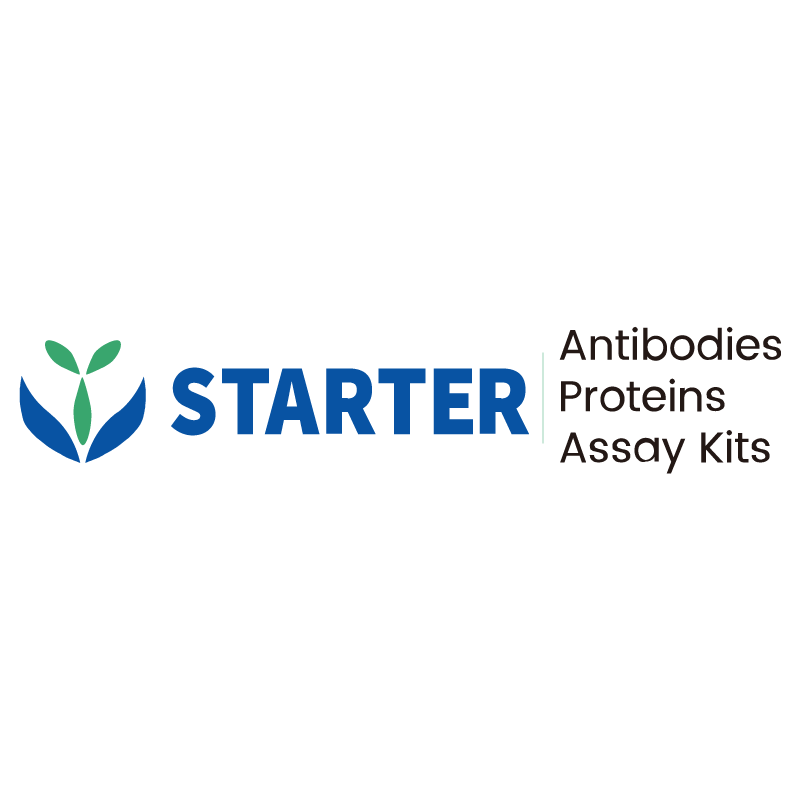Flow cytometric analysis of Mouse CD103 expression on C57BL/6 mouse splenocytes. C57BL/6 mouse splenocytes were stained with Brilliant Violet 421™ Rat Anti-Mouse CD3e Antibody and either Alexa Fluor® 647 Armenian hamster IgG Isotype Control (Left panel) or SDT Alexa Fluor® 647 Armenian hamster Anti-Mouse CD103 Antibody (Right panel) at 5μl/test. Flow cytometry and data analysis were performed using BD FACSymphony™ A1 and FlowJo™ software.
Product Details
Product Details
Product Specification
| Host | Armenian hamster |
| Antigen | CD103 |
| Synonyms | Integrin alpha-E; Integrin alpha M290; Itgae |
| Location | Membrane |
| Accession | Q60677 |
| Clone Number | S-R692 |
| Antibody Type | Recombinant mAb |
| Isotype | IgG |
| Application | FCM |
| Reactivity | Ms |
| Positive Sample | C57BL/6 mouse splenocytes |
| Purification | Protein G |
| Concentration | 0.05mg/ml |
| Conjugation | Alexa Fluor® 647 |
| Physical Appearance | Liquid |
| Storage Buffer | PBS, 25% Glycerol, 1% BSA, 0.3% Proclin 300 |
| Stability & Storage | 12 months from date of receipt / reconstitution, 2 to 8 °C as supplied. |
Dilution
| application | dilution | species |
| FCM | 5μl per million cells in 100μl volume | Ms |
Background
CD103, also known as integrin αEβ7, is a transmembrane heterodimeric receptor primarily expressed on the surface of certain immune cells, including intraepithelial lymphocytes (IELs), tissue-resident memory T cells, and dendritic cells. It plays a crucial role in cell adhesion and migration by binding to E-cadherin, a protein abundant in epithelial cells, thereby facilitating immune cell retention within mucosal tissues such as the skin, lung, and gastrointestinal tract. In cancer immunology, CD103 is associated with immune checkpoint pathways and has been identified as a potential biomarker for predicting responses to immunotherapies, such as anti-PD-1 treatments. Additionally, CD103+ dendritic cells are known for their ability to cross-present antigens to CD8+ T cells, enhancing adaptive immune responses.
Picture
Picture
FC


